Archaeologists have identified the oldest surviving drinking straws. The long silver and gold tubes are over 5,000 years old and were likely used to drink beer from a communal vessel.
 |
| An artist's conception shows men drinking beer from a communal vessel [Credit: Kelvin Wilson] |
These were initially found in 1897 in the Maikop Kurgan in the Caucuses. This large burial mound is one of the most famous Bronze Age elite graves from the region, containing three individuals and hundreds of precious objects.
This included the eight tubes, each over a metre long, some with bull figurines on the stem. Earlier research identified them as scepters or perhaps poles for a canopy. They are now on display in the Hermitage Museum, St Petersburg, but their purpose remained unknown. As such, new research by a team in Russia, published in Antiquity, re-investigated them.
"A turning point was the discovery of the barley starch granules in the residue from the inner surface of one of the straws. This provided direct material evidence of the tubes from the Maikop kurgan being used for drinking," said the lead author Dr. Viktor Trifonov from the Institute for the History of Material Culture, Russian Academy of Sciences, St Petersburg.
Specifically, this suggests these straws were used for drinking beer, although the researchers could not confirm that the barley had been fermented.
Drinking beer through long straws became common practice in the early Mesopotamian civilisation of Sumeria from the third millennium BC onward. Art depicts multiple long straws placed in a communal vessel, allowing people standing or sitting nearby to drink together.
During their research, Dr. Trifonov and the team identified several key similarities with such Sumerian straws. Notably, most of them feature metal strainers to filter out the impurities common in ancient beer, something that is also seen in the Maikop straws.
Such similarities with Sumerian finds led the researchers to conclude the Maikop tubes are also drinking straws. "If the interpretation is correct, these fancy devices would be the earliest surviving drinking straws to date," said Dr. Trifonov, as they are over 5,000 years old.
However, this is not the oldest evidence of straws known. Seals from Iran and Iraq dating to the fifth to fourth millennium BC depict people drinking with them from a communal vessel.
Given this consistent use of straws with this design for drinking beer from a communal vessel, the researchers concluded that the newly found straws were also likely used in the same way.
Consistent with this, a large vessel was also found in the Maikop Kurgan that could hold enough beer for each of the eight drinkers to have seven pints.
 |
| Reconstructed use of the drinking tubes from the Maikop kurgan [Credit: V. Trifonov] |
Despite these similarities, these new straws are found hundreds of kilometres away from the other early evidence of drinking straw use in Mesopotamia and the surrounding region.
"The finds contribute to a better understanding of the ritual banquets' early beginnings and drinking culture in hierarchical societies," said Dr. Trifonov. Such practices must have been important and popular enough to spread between the two regions.
 |
| The chaîne opératoire of an experimental tip strainer made from common reed (Phragmites australis) [Credit: V. Trifonov] |
It also sheds light on the culture of Maikop, showing it had deep ties with its neighbours to the south and perhaps a taste for the luxury and spectacle of their drinking ceremonies.
Notably, such ceremonies in ancient Sumeria were often part of 'royal' funerals. The inclusion of these straws in the Maikop burial mound and their prized position close to the deceased hints that these lavish burials may have also taken place in the Caucuses.
"Before having done this study, I would never have believed that in the most famous elite burial of the Early Bronze Age Caucasus, the main item would be neither weapons nor jewellery, but a set of precious beer-drinking straws," said Dr. Trifonov.
Source: Cambridge University Press [January 19, 2022]

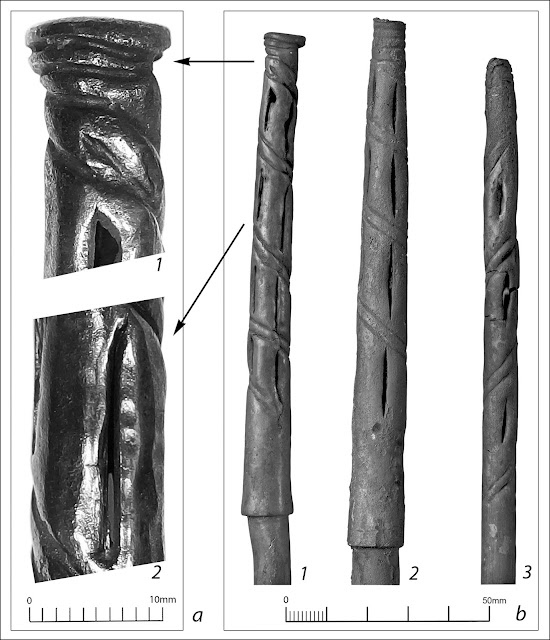









 [Image: Max Ernst, “Landscape with a view of the lake and chimeras” (1940), via
[Image: Max Ernst, “Landscape with a view of the lake and chimeras” (1940), via 

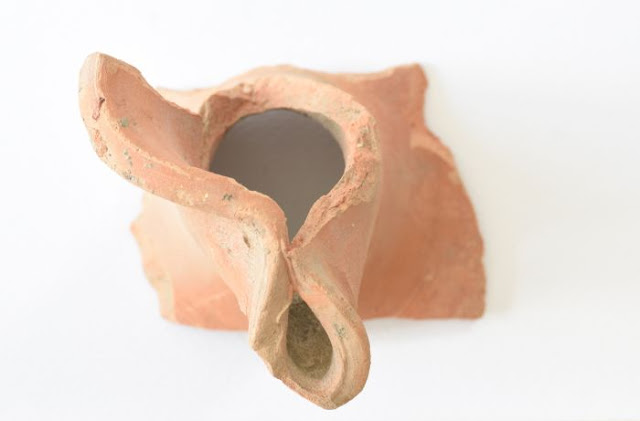
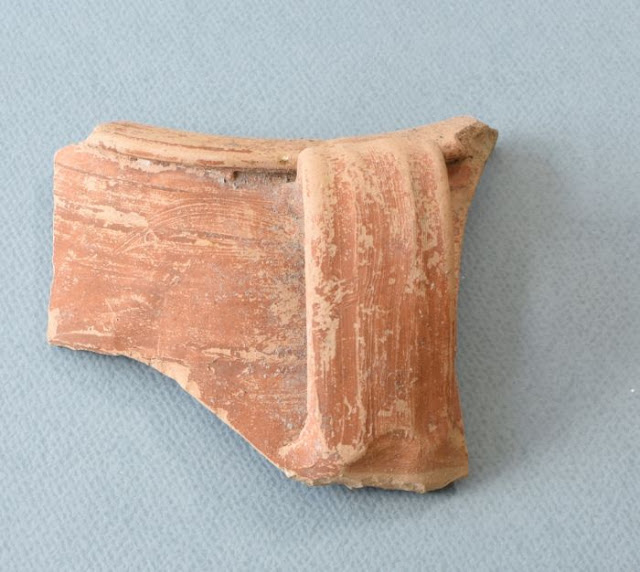
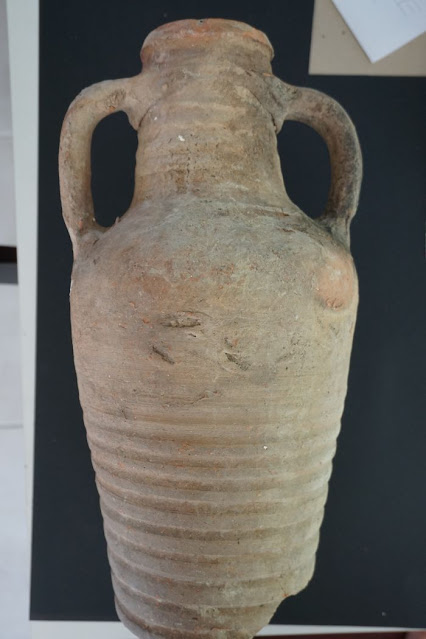
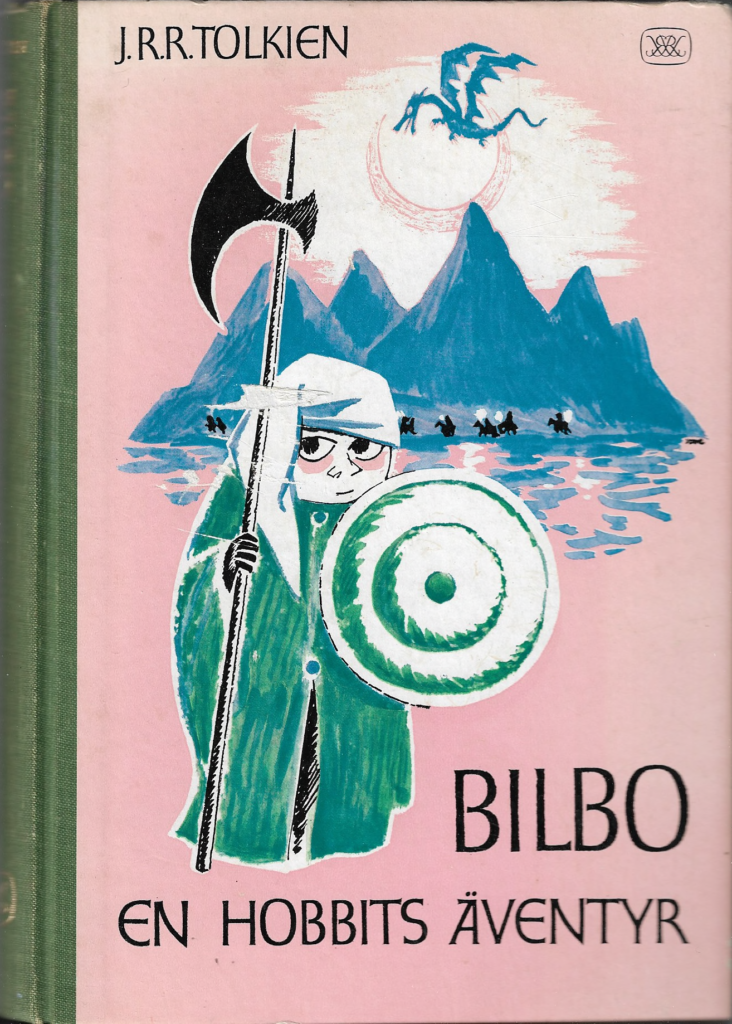
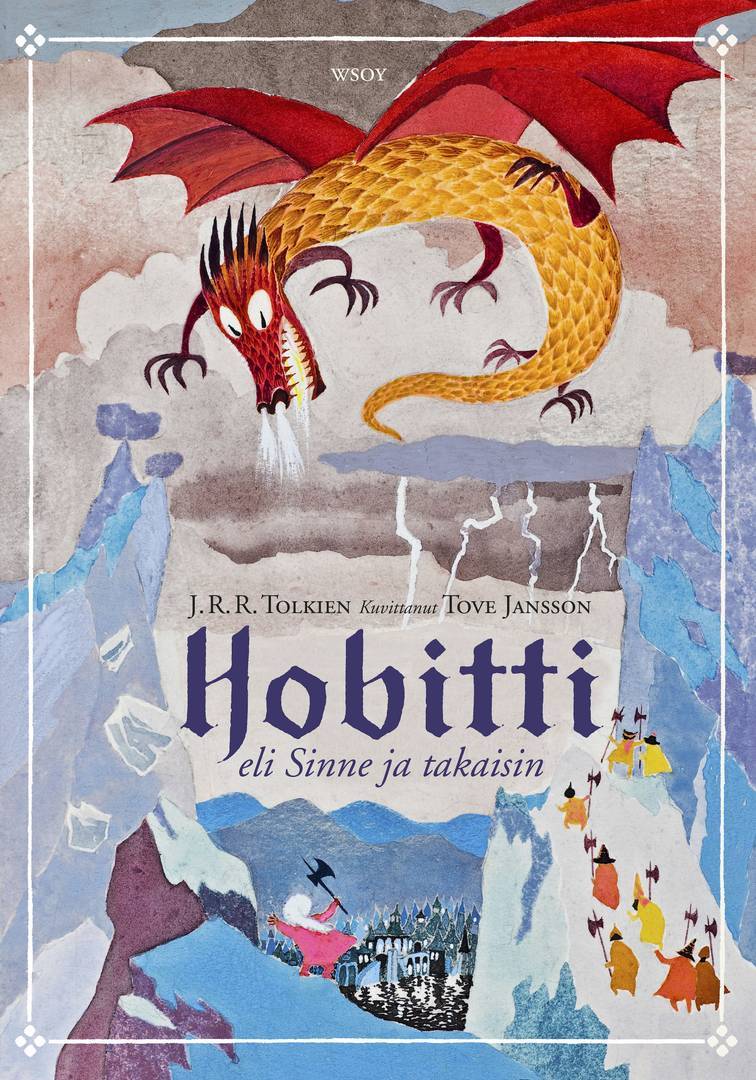







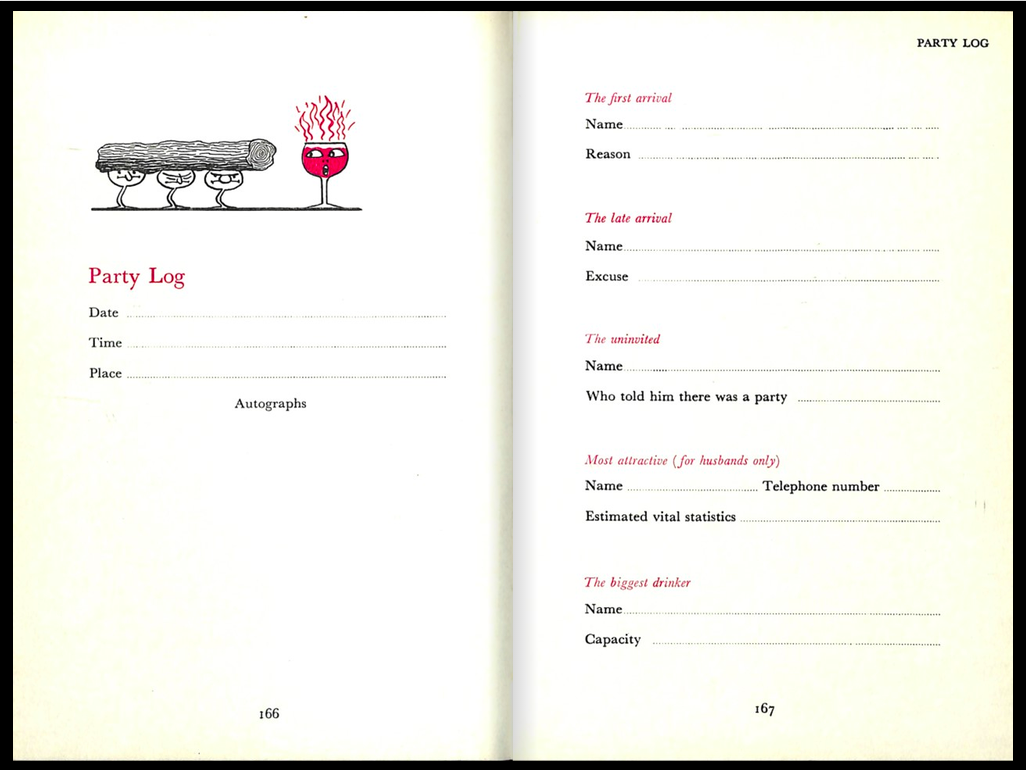
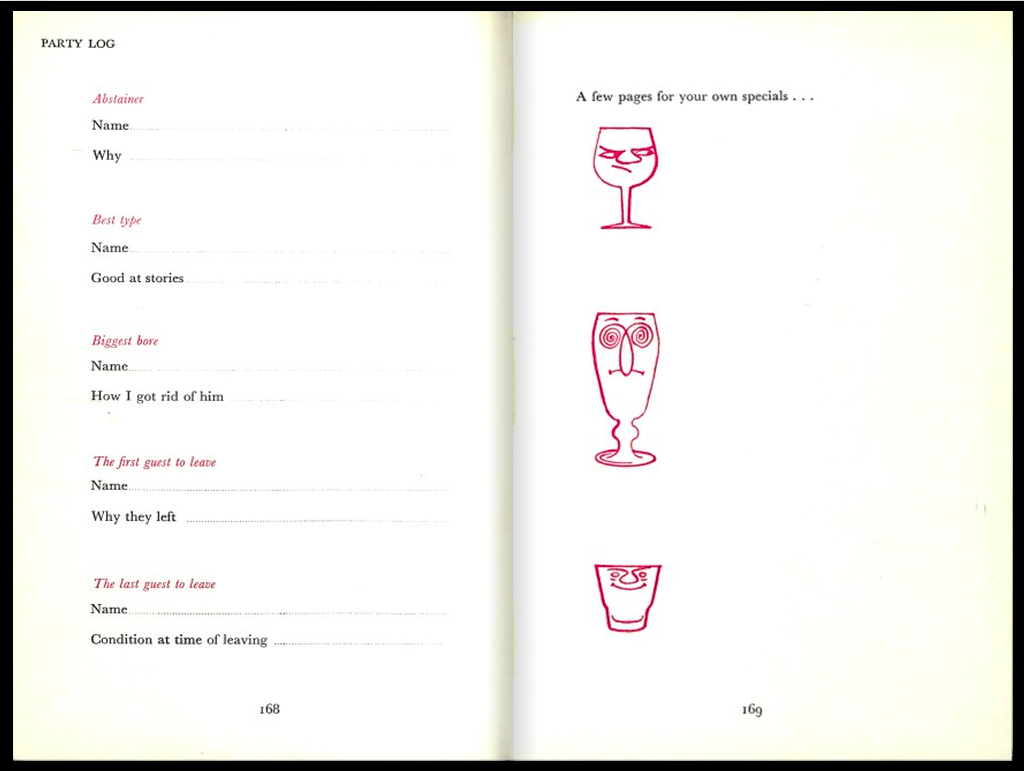

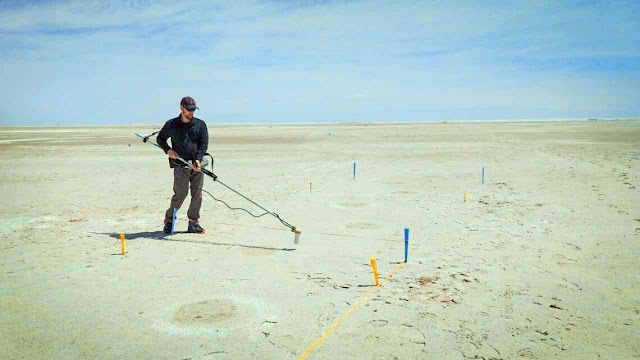
















 [Image: Painting of a lyrebird by John Gould, courtesy
[Image: Painting of a lyrebird by John Gould, courtesy 







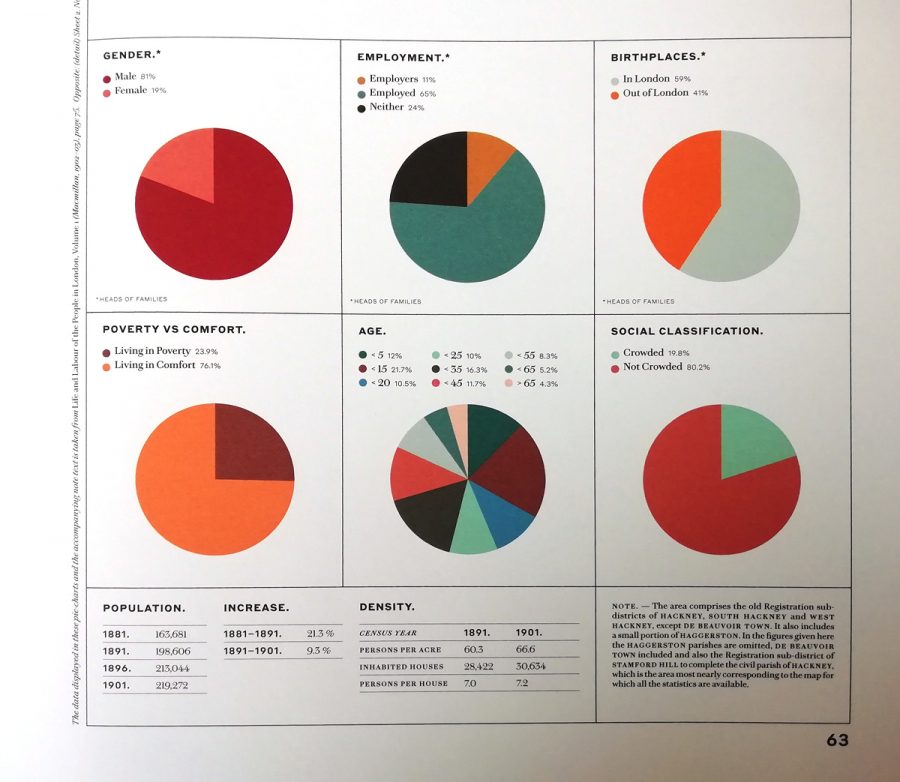






 [Image: Curtains mistaken for Ryan Gosling; original image supplied by
[Image: Curtains mistaken for Ryan Gosling; original image supplied by